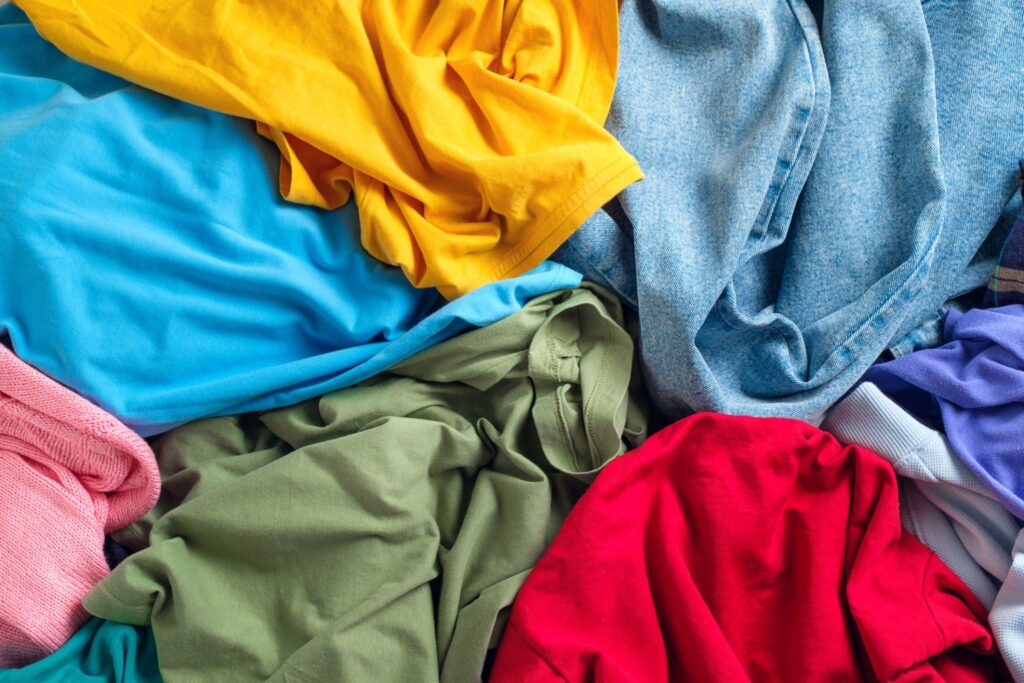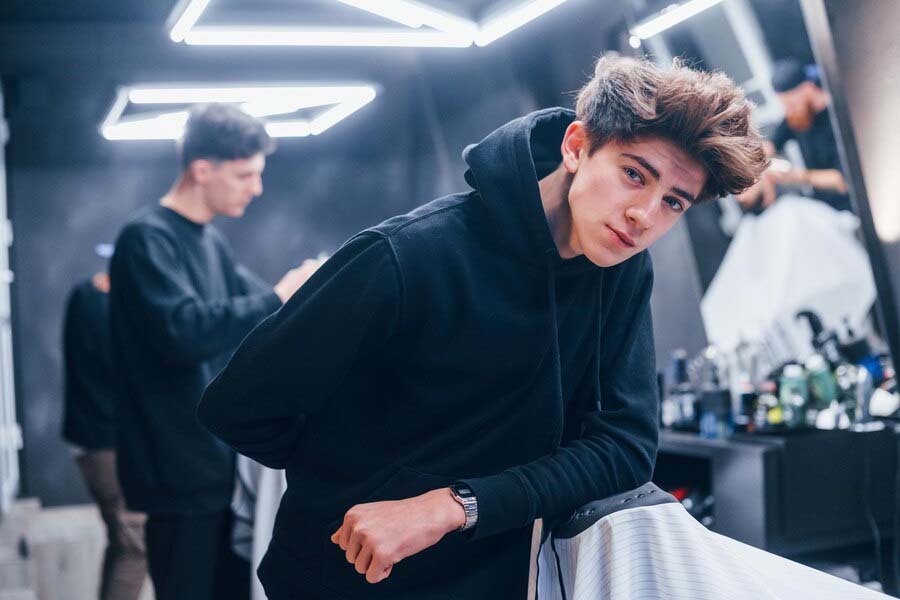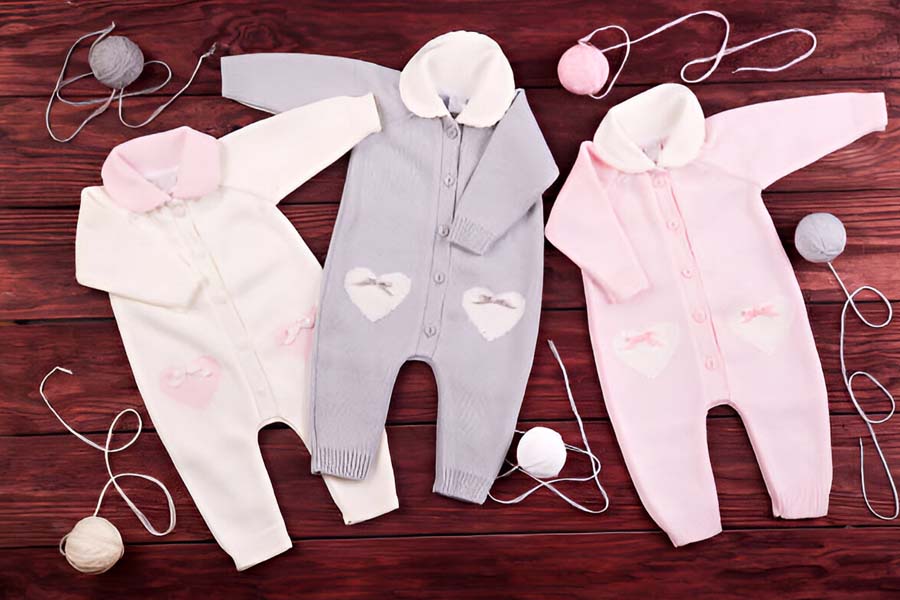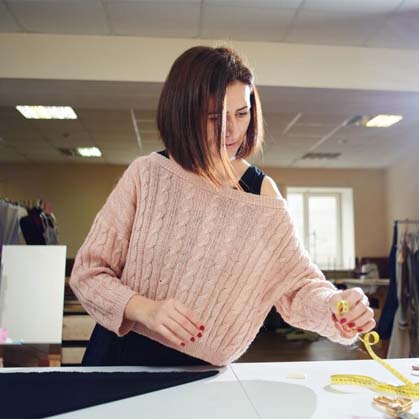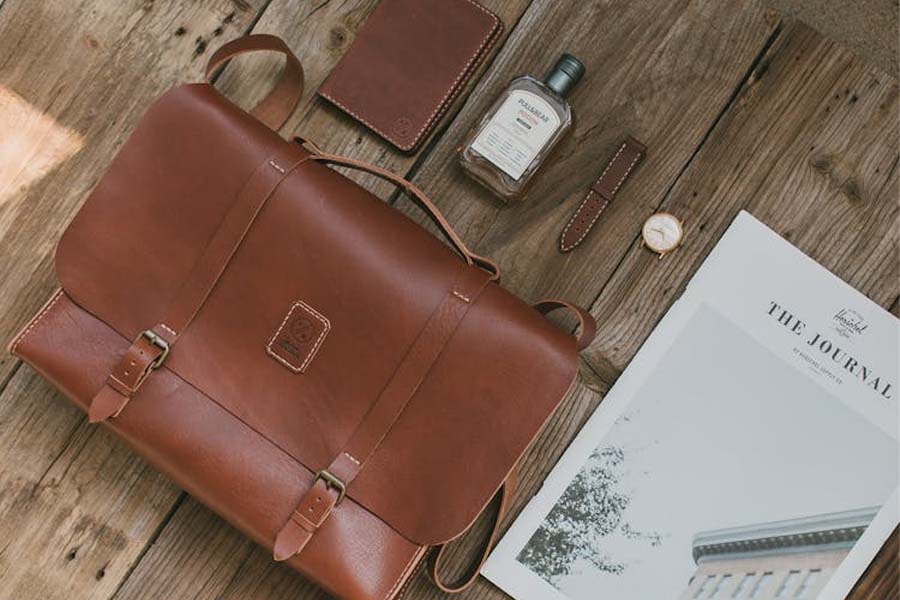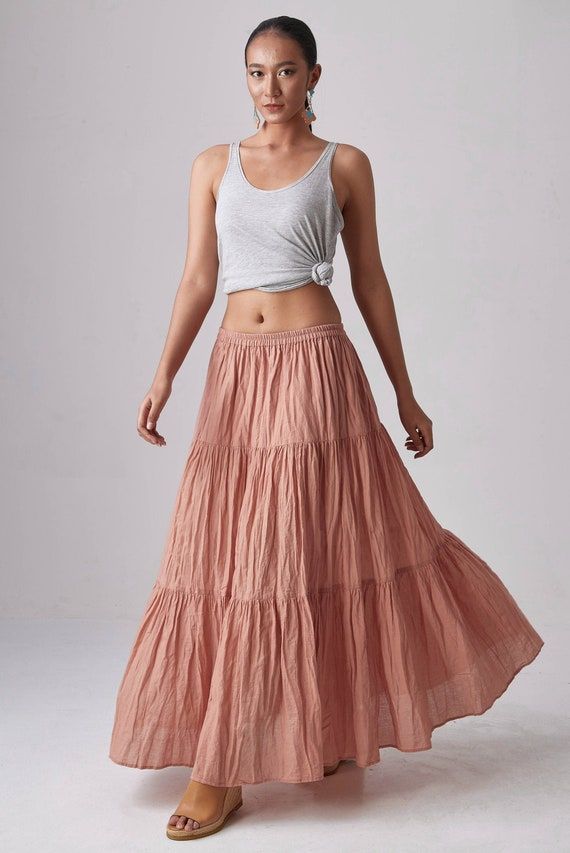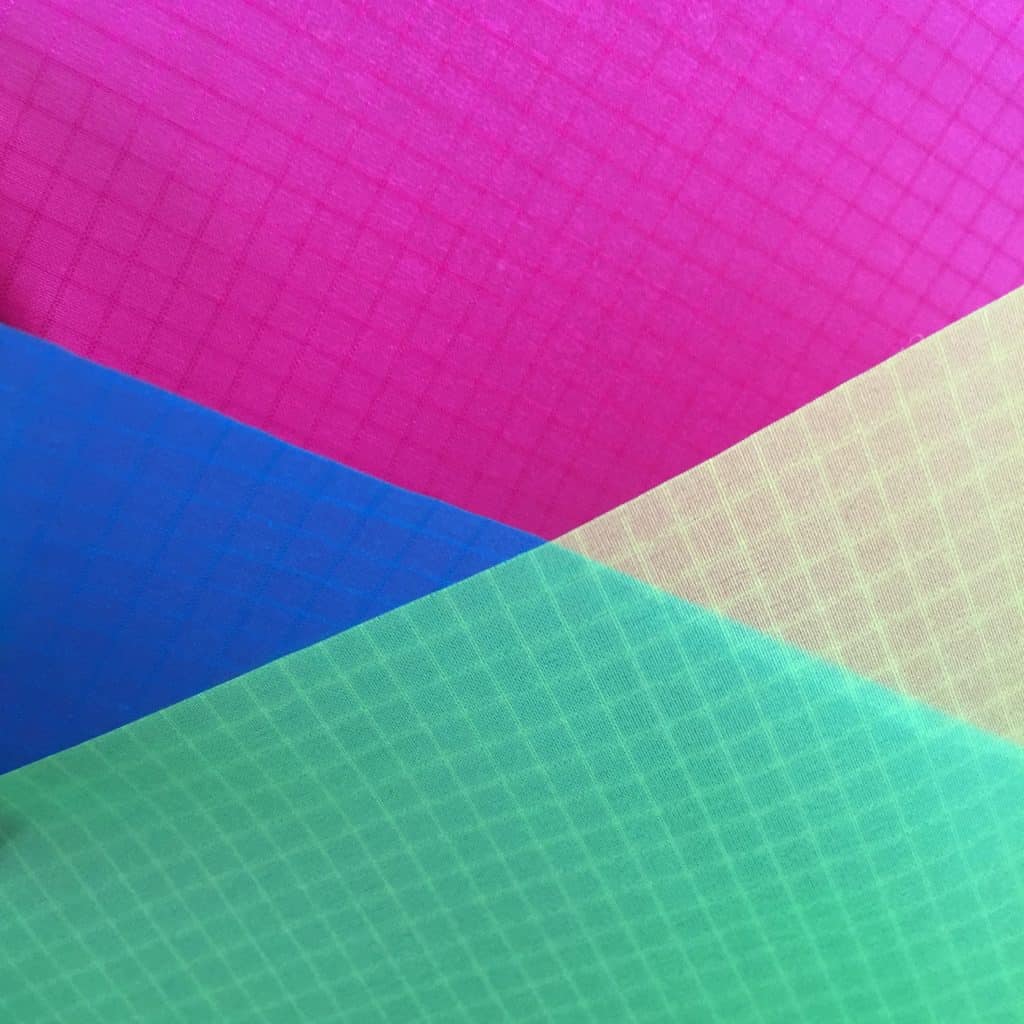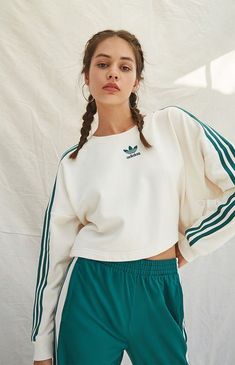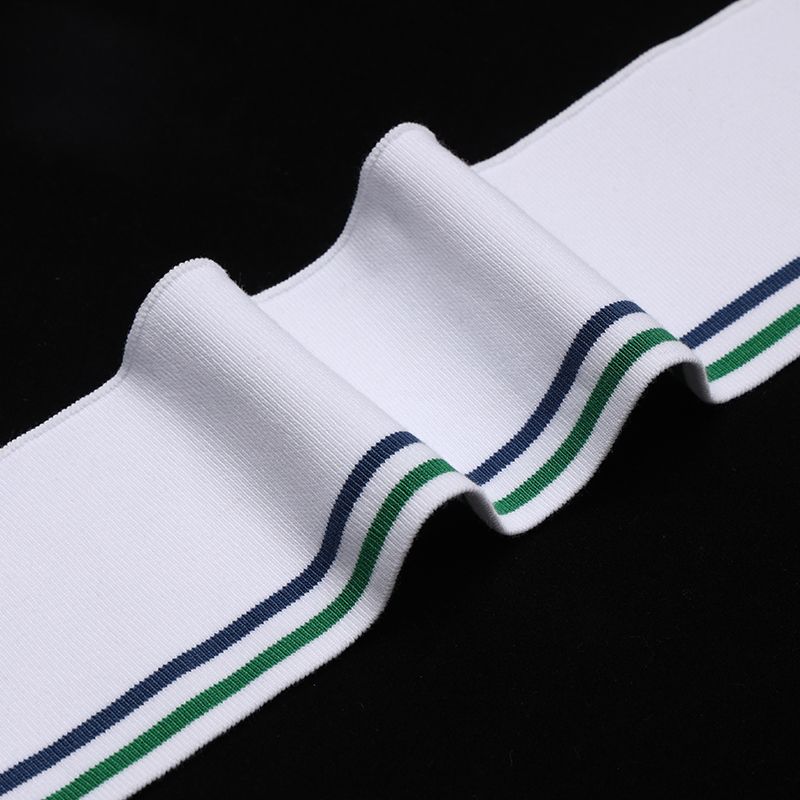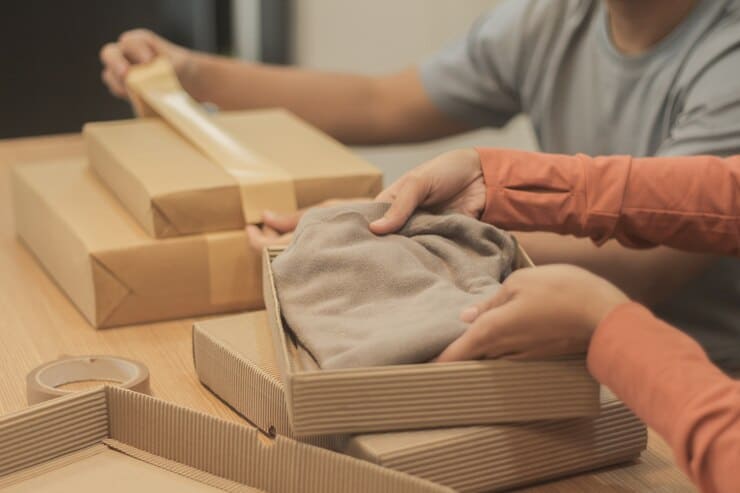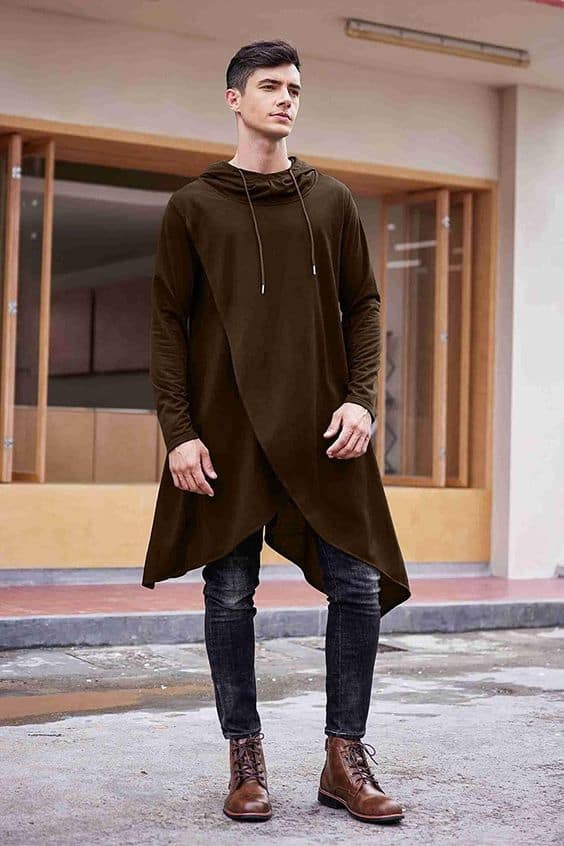There are different types of parkas for men, and you can look into creating parkas for your clothing brand. Parkas are versatile enough to wear formally but can be laid-back enough to pair with casual wear. Plus, they feel comfortable and can elevate your brand’s collection.
Parkas add a unique flair to your brand and you can mix it up by using different fabrics to showcase different textures. These parkas for men can range from short to long, but they provide the same warmth and versatility as the others.
The texture and durability of these products are key factors to consider. This article discusses everything you need to know about the different types of parkas for men and why you should add them to your brand.
Different Types of Parkas for Men
Parkas can be made with synthetic or natural fabrics. There are fabrics that provide insulation and protection against wind and rain. So, if you’re planning to frolic during the holidays, parkas are for you!
Although parkas are for winter wear, you can also wear them on colder days. Including this apparel in your collection offers a different perspective.
1. Hooded Parka

Source: Pinterest
Hooded parkas are the best choice for the holidays. The hood protects against the harsh elements, and its fur lining keeps you warm. Since these parkas are windproof and waterproof, they keep you dry, even if it’s freezing cold outside.
There are several variations to the hooded parka, and having down insulation is one of the favorite options. The extra stuffing isn’t bulky and feels lightweight. Other versions of this parka include fur and synthetic material.
Styling a hooded parka is a breeze when you know the weather for the day. If it’s cloudy, a cashmere sweater and denim pants will work. But if the sun is out, wear a turtleneck and corduroy pants. Pair the hooded parka with Chelsea boots, and you’re ready to hit the town.
2. Longline

Source: Pinterest
Longline parkas are bound to turn heads, whether it’s made from synthetic or natural materials. It extends below your hips, covering your legs whenever it’s freezing.
This type of parka often hugs the body, but other variations have a more relaxed fit. Examples of fabrics that these parkas use include polyester, cotton, polyamide, and spandex.
Styling these parkas is a breeze. Wear your favorite turtleneck and jeans for a casual aesthetic. Then, pair your longline parka with Chelsea boots. You can accessorize with a scarf and sunglasses if you’d like. But keeping the simplicity also ties the look together.
3. The Fur Trimmed

Source: Pinterest
What do you get when you combine style and comfort? You have the fur-trimmed parka. These parkas for men are a great option when the temperature drops. It has a fur trim within its hood and sometimes on the lining.
The fur-trimmed parka offers premium insulation. Seal skin is thicker than other leather, so it was ideal for parkas the Inuit people near the Arctic Circle made. Its fur trim along the hood came from coyote, wolverine, or Arctic fox tails. Modern type of parkas are usually lined with synthetic fur.
The fur-trimmed parka shows both sophistication and style in one. Wear a linen shirt and pants to stay cozy but snazzy. Then, accessorize with your favorite satchel. You’ll look and feel like a king.
4. 3/4 Length Parka
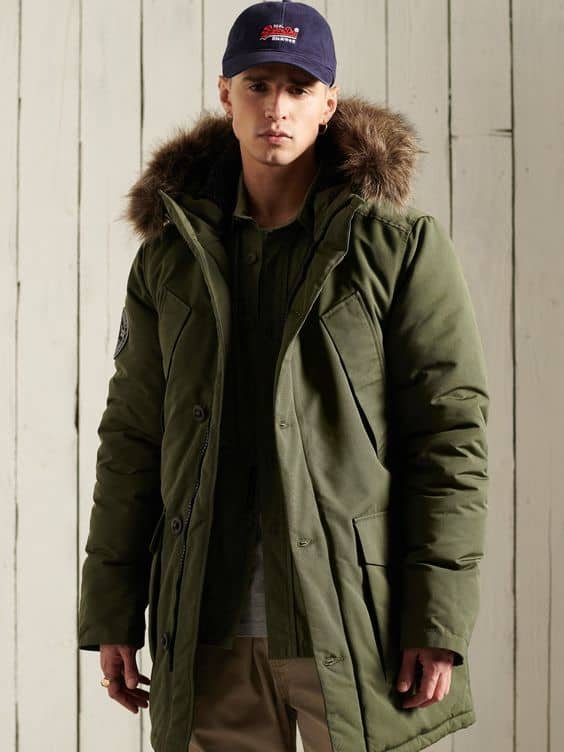
Source: Pinterest
Some ¾-length parkas are thinner, and others are thicker. Regardless of the parkas you choose, comfort is the key. These parkas for men have an outer shell comprising Gore-tex or nylon. Their fabric is waterproof and windproof.
These types of parkas were also called “snorkel parkas.” The US military favored the ¾-length parka because it kept them warm. It came in a sage green color and was insulated with a wool pile but lined with nylon cloth.
Style the parka with a dress shirt and pants to keep it professional. Then, wear leather loafers and carry a briefcase to keep your papers.
5. The Down Parka
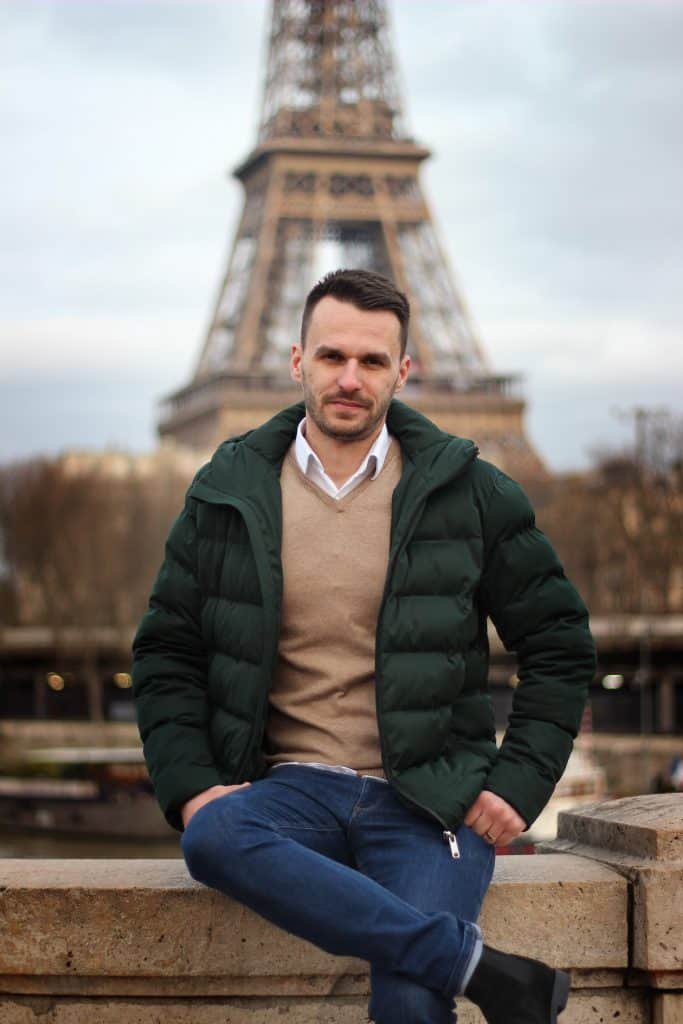
Source: Unsplash
The unique key feature of the down parkas is their heat insulation properties. Down insulation is lightweight and breathable, yet these parkas don’t trap moisture. They prevent overheating and don’t weigh you down, so even the lining regulates your temperature. This parka makes it ideal for strolling during fall or winter holidays.
During the 1992 summit of Mount Everest, hikers used different types of parkas to keep them warm. These types of parkas for men are a combination of down and synthetic materials. Down insulation fabric examples are from geese or ducks, whereas other components of the down parka include nylon, polyester, and Gore-tex.
Wear a button-down shirt with your parka to level it up. Pair the ensemble with dark pants and suede boots for added sizzle. Then, you can accessorize with a scarf to tie it together.
6. Fishtail Parka
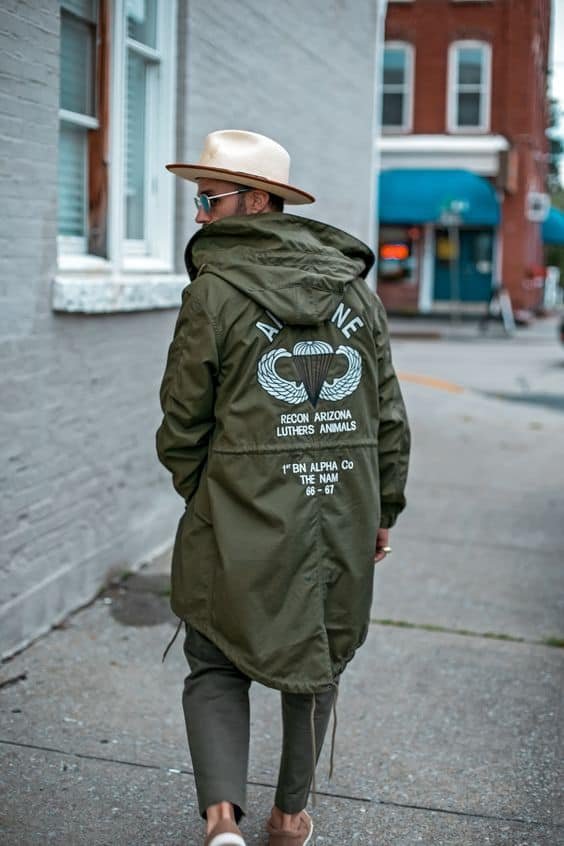
Source: Pinterest
Fishtail parkas have a unique shape that slopes down. The parka’s fishtail hem allowed freedom without restricting movement. It featured an inner lining that kept the US military warm during freezing nights.
Fishtail parkas may vary in the fabrics used. These types of parkas for men are wind and water-resistant. Heavy cotton sateen, nylon, and a 60-40 blend of cotton and nylon are commonly used.
There are variations to the fishtail parka, and all look great. Wear dark jeans with a button-down shirt to be more formal. You can also carry a backpack as an accessory for other miscellaneous items.
7. Faux Fur Parka
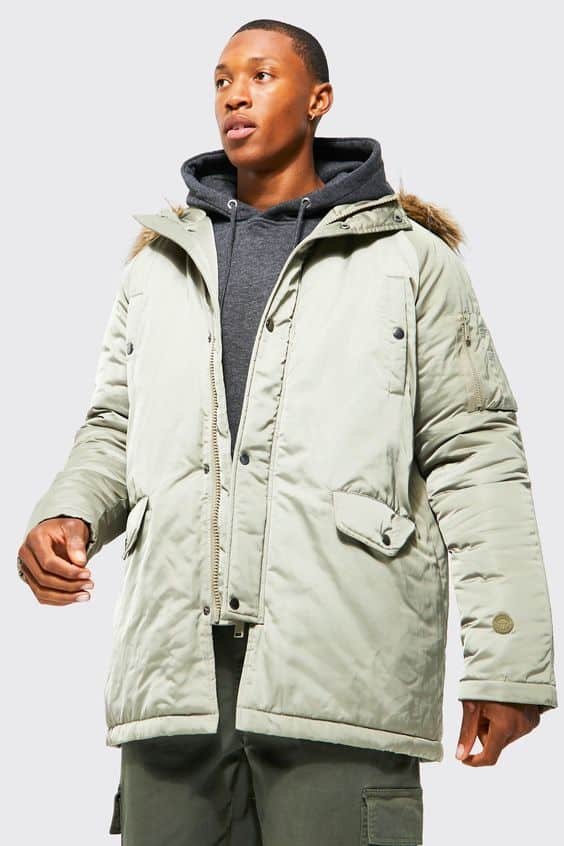
Source: Pinterest
The best thing about faux fur parkas is that they are animal-friendly. Faux fur is synthetic, so the parka is also easier to maintain. These types of parkas for men don’t form matting, making them an ideal choice for busy people like you.
Faux fur parkas have a trim along their hood, keeping you warm. Examples of these parkas for men have luxury fur counterparts. Luxury furs like imitation chinchillas, lynx, sable, minx, beaver, ermine, marten, and leopard are also available. Others have polyester and blended nylon.
Wear sweatpants with chinos for a smart-casual aesthetic. Pair your ensemble with boots for a classic fall look. Grab a cup of coffee if you want to achieve an autumn outfit. And there you have it, a seasonal parka.
8. Overcoat
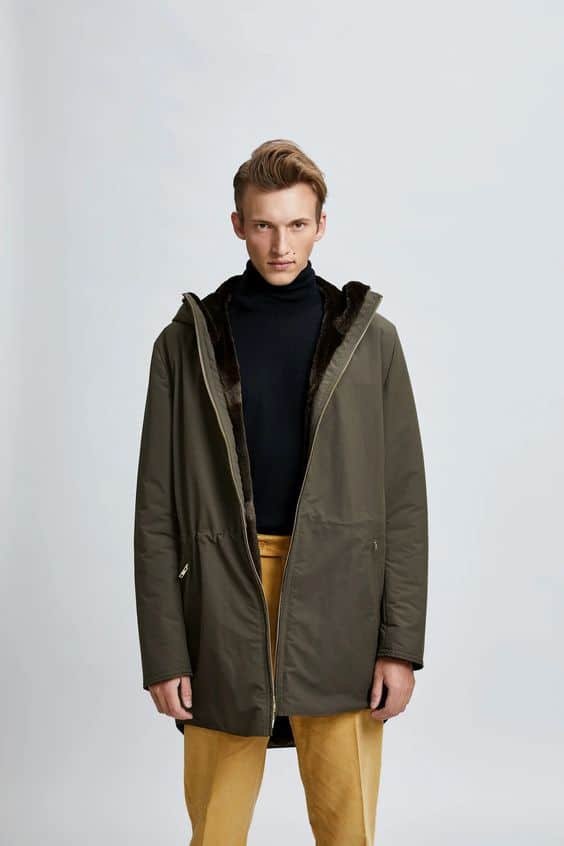
Source: Pinterest
Overcoat parkas are heavier than others. These types of parkas for men often reach below the knee and maintain their shape. Most overcoat parkas are thick and woolly and are classified as midweight coats.
Overcoat parka fabric prevents water from absorbing into it. The material is resistant enough to withstand harsh weather conditions. Examples of fabrics parkas like these have are wool, nylon, polyester, cashmere, hemp, faux fur, and a cotton-linen blend.
These types of coats for men are versatile, and you can dress them up or down. It’s time to take a casual route and stick to comfort. Wear a sweater and jeans with an overcoat parka to stay warm. You can choose boots as footwear, but sneakers are more comfortable.
9. Duffle Parka

Source: Pinterest
Duffle parkas are great for shorter body frames. These parkas are a-line coats that aren’t as long as others. It gives the illusion that you look taller and slimmer. The heavyweight double-coated parkas for men keep their shape, yet they don’t restrict movement.
Duffle parka material was a thick and coarse woolen fabric named Duffel. Because these types of hoodies for men felt dense, softer wool was a better option. Now, duffle parkas have more comfortable fabric materials like Melton cloth and nylon blends.
Wear your duffle parka over a hoodie and joggers for a laid-back and relaxed vibe. You can also accessorize your outfit with a beanie and gloves.
Conclusion
Brands release seasonal sets, and these types of parkas for men are perfect for a winter collection. They have versatile fabrics that go well with any outfit and several ways to style them.
There are different types of parkas for men, and including them in your collection is a must. So, if you’re interested in creating yours, don’t hesitate to contact us.



